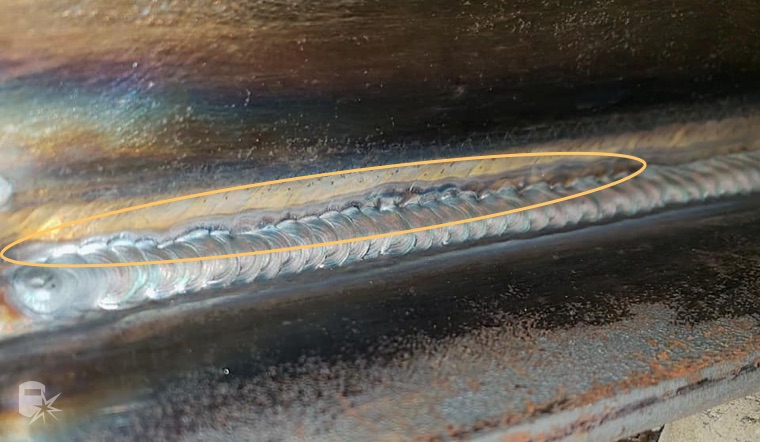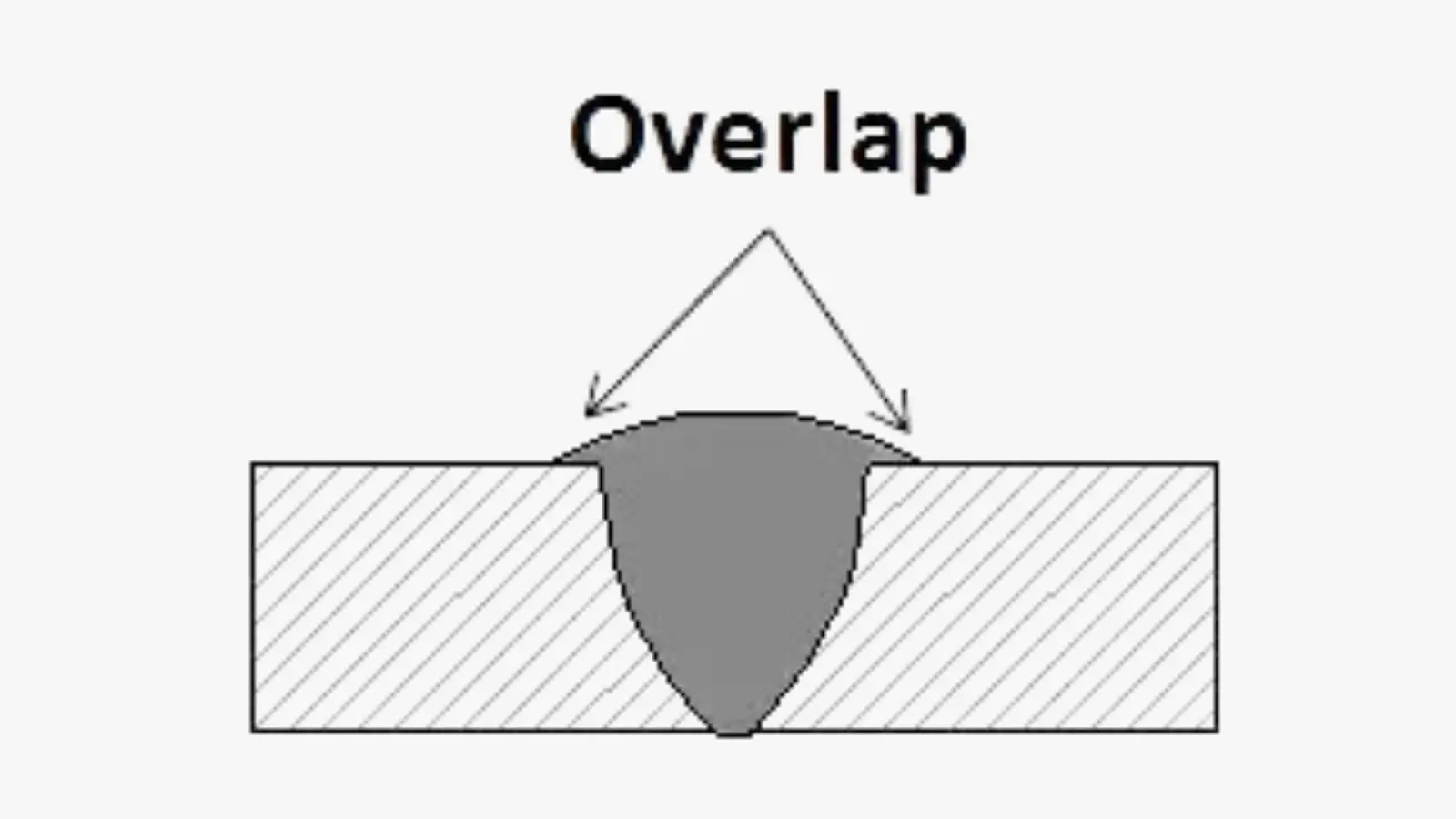Finest Practices for Preventing Weld Undercut: Mastering the Essentials
Finest Practices for Preventing Weld Undercut: Mastering the Essentials
Blog Article
Understanding the Art of Welding: Exactly How to Stay Clear Of Undercut Welding Issues for Flawless Fabrication Outcomes
By understanding the root causes of undercut welding and executing efficient methods to avoid it, welders can boost their craft to new degrees of quality. In the quest of perfect fabrication results, grasping the art of welding to stay clear of undercut concerns is not simply a skill yet a requirement for those aiming for perfection in their job.
Understanding Undercut Welding

To prevent undercut welding, welders need to make sure proper welding parameters, such as readjusting the existing, voltage, traveling speed, and maintaining the correct electrode angle. By recognizing the causes of undercut welding and carrying out preventive measures, welders can achieve high-quality, structurally sound welds.
Root Causes Of Undercut in Welding
Understanding the aspects that add to damage in welding is necessary for welders to produce top notch, structurally audio welds. Damaging occurs when the weld metal does not appropriately fill the groove developed in between the base steel and the formerly transferred weld metal. Several elements can result in undercut in welding. One usual reason is excessive heat input. Welding at high temperature levels for extended durations can result in the base metal melting greater than preferred, causing undercut. Insufficient welding inaccurate or present welding speed can likewise contribute to undercut. Insufficient current might not supply adequate warmth to thaw the base and filler metals sufficiently, while extreme speed can stop correct fusion, creating undercut. In addition, incorrect electrode angles or inaccurate torch adjustment methods can develop areas of low weld steel deposition, promoting undercut. Comprehending these reasons and executing correct welding methods can aid stop damaging concerns, making certain sturdy and strong welds.
Strategies to stop Undercutting

To reduce the threat of undercutting in welding, welders can utilize calculated welding techniques intended at boosting the high quality and integrity of the weld joints. Furthermore, making use of the appropriate welding strategy for the certain joint configuration, such as weave or stringer beads, can contribute to minimizing damaging.
Moreover, proper joint prep work, including guaranteeing clean base products without contaminants and utilizing the suitable welding consumables, is vital in protecting against undercut issues. Using back-step welding strategies and regulating the weld bead account can additionally assist distribute warm uniformly and lessen the threat of undercut. Routine inspection of the weld joint during and after welding, in addition to carrying out quality control measures, can aid in addressing and identifying damaging concerns quickly. By applying these techniques diligently, welders can attain perfect fabrication results with minimal undercut flaws.
Significance of Correct Welding Criteria
Selecting and preserving suitable welding criteria is necessary for attaining successful welds with minimal flaws. Welding specifications describe variables such as voltage, current, travel speed, electrode angle, and securing gas circulation rate that straight impact the welding procedure. These parameters should be carefully changed based upon the type of material being bonded, its thickness, and the welding strategy used.
Proper welding parameters guarantee the appropriate amount website link of warm is used to thaw the base metals and filler product uniformly. If the criteria are set expensive, it can result in excessive warm input, triggering spatter, burn-through, or distortion. On the various other hand, if the parameters are too low, incomplete combination, absence of penetration, or undercutting may occur.
Quality Control in Welding Operations

Conclusion
In conclusion, understanding the art of welding calls for here are the findings a complete understanding of undercut welding, its causes, and strategies to stop it. By moved here guaranteeing proper welding criteria and executing quality guarantee practices, remarkable construction outcomes can be accomplished. It is essential for welders to continually make every effort for quality in their welding procedures to prevent undercut concerns and generate premium welds.
Undercut welding, a typical issue in welding procedures, happens when the weld metal doesn't appropriately fill up the groove and leaves a groove or depression along the welded joint.To avoid undercut welding, welders must guarantee appropriate welding parameters, such as readjusting the present, voltage, travel speed, and keeping the appropriate electrode angle. Poor welding current or inaccurate welding speed can additionally contribute to undercut.To minimize the risk of undercutting in welding, welders can utilize strategic welding methods aimed at enhancing the high quality and honesty of the weld joints.In conclusion, mastering the art of welding calls for a comprehensive understanding of undercut welding, its reasons, and strategies to prevent it.
Report this page